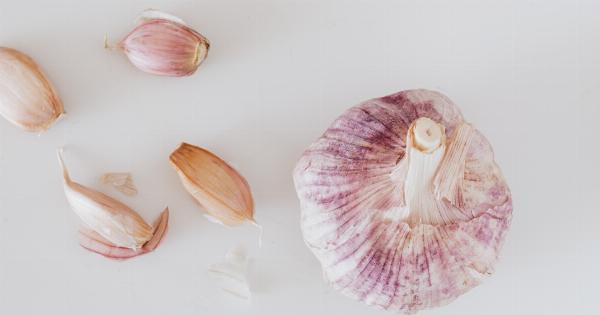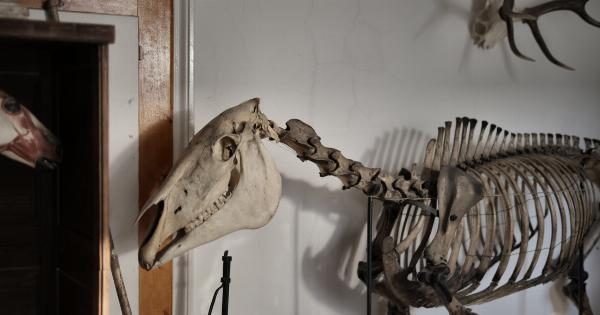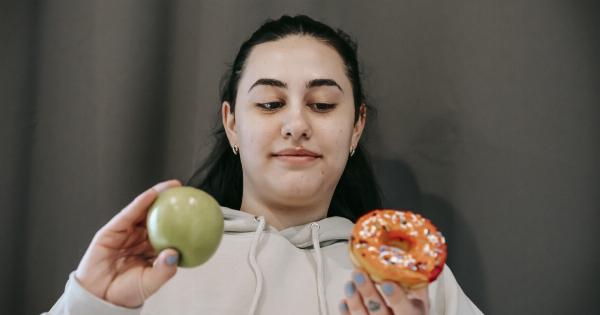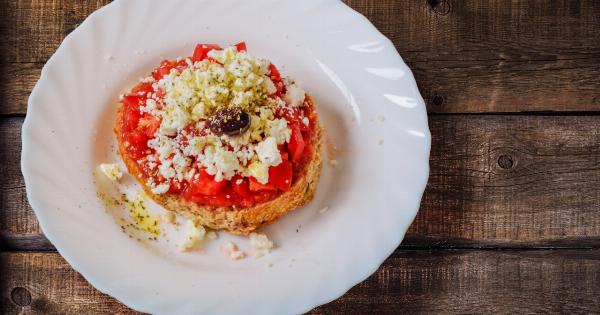Taste buds are complex sensory organs located on the tongue that help us in detecting and distinguishing various flavors. Humans can detect five primary tastes – salty, sweet, sour, umami, and bitter.
But did you know that our tongue has different regions, and each region can identify specific tastes?.
The Different Regions of the Tongue
The tongue is a muscular organ covered with small bumps called papillae. Taste buds are located on these papillae, along with the taste pores that can detect different flavors.
Initially, it was believed that specific regions of the tongue were responsible for detecting particular tastes. However, our tastebuds are evenly distributed throughout the tongue. So, every taste can be detected towards every corner of the tongue, and each taste bud can sense all five primary tastes.
Bitter Taste Receptors
Bitterness is not always preferred or desirable in taste. While some foods containing bitter ingredients like coffee and dark chocolate can sometimes be enjoyed, other bitter foods, like certain types of vegetables, are better avoided than consumed.
Having bitter receptors helps us to identify potentially toxic foods. The primary function of bitter taste is to alert us to harmful substances in plants.
Bitterness often indicates the presence of toxins, poisons, or irritants that could cause harm to the body. So, by identifying bitterness, our body can warn us about harmful substances and protect us from potential harm.
Bitterness and the Taste Map
There is no specific spot on the tongue for identifying bitterness. Our ability to detect the bitter taste does not have a particular anatomy or location on the tongue.
Taste buds that detect different tastes are located all over the tongue, including on the sides, tip, and the back of the tongue.
The “tongue map” that was once believed is a myth. Our tongue can detect every type of taste, including bitter and sweet. If you take a small bite of something bitter, you will feel it all over your tongue.
However, certain areas of the tongue contain slightly more concentration of taste buds that depend on how sensitive we are about a particular taste.
Bitter Receptors on the Back of the Tongue
Although our taste buds are distributed throughout the tongue, the back of the tongue contains the highest concentration of taste buds that can detect bitterness. This area of your tongue is most likely to be sensitive to bitter flavors.
So, when you eat something very bitter, it is in the back of your tongue where you are most likely to feel it the most.
The Role of Olfactory Receptors
Aside from bitter taste receptors located on the back of the tongue, bitter flavor perception also depends on the activity in your nose.
When food particles dissolve in your mouth, volatile aroma compounds are released and detected by olfactory receptors in your nose. These receptors tell your brain that you are experiencing bitterness. Hence, the sense of smell and taste both play a role in identifying the bitter taste of certain foods.
Conclusion
Every individual’s sensitivity to bitter flavors can vary depending on genetic factors. Some people may have higher sensitivity to the bitter taste, while some may prefer bitter tastes over sweet flavors.
But knowing where the highest concentration of bitter receptors is on your tongue can help understand why you might feel bitter flavors more on that part of the tongue when eating certain foods.






























